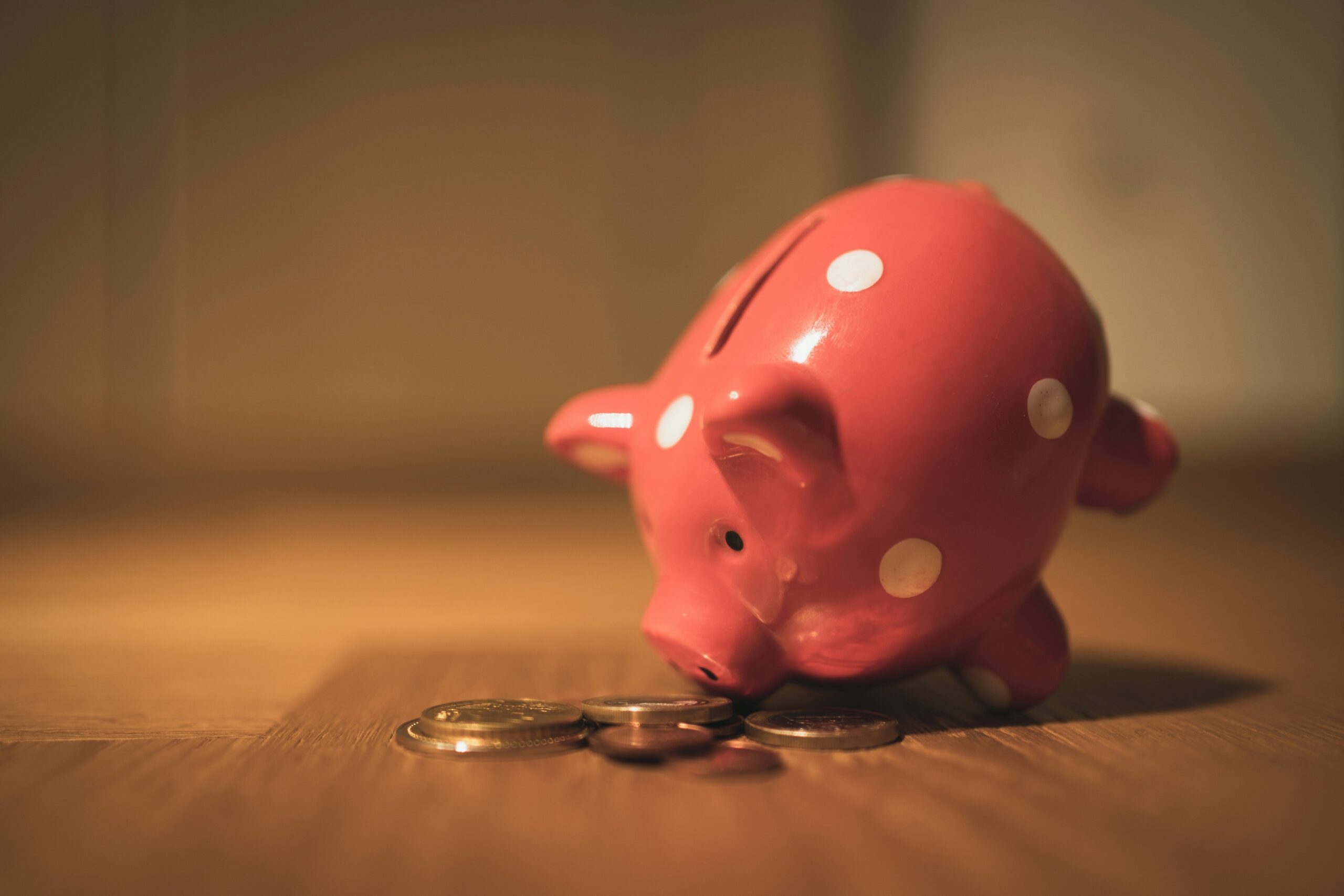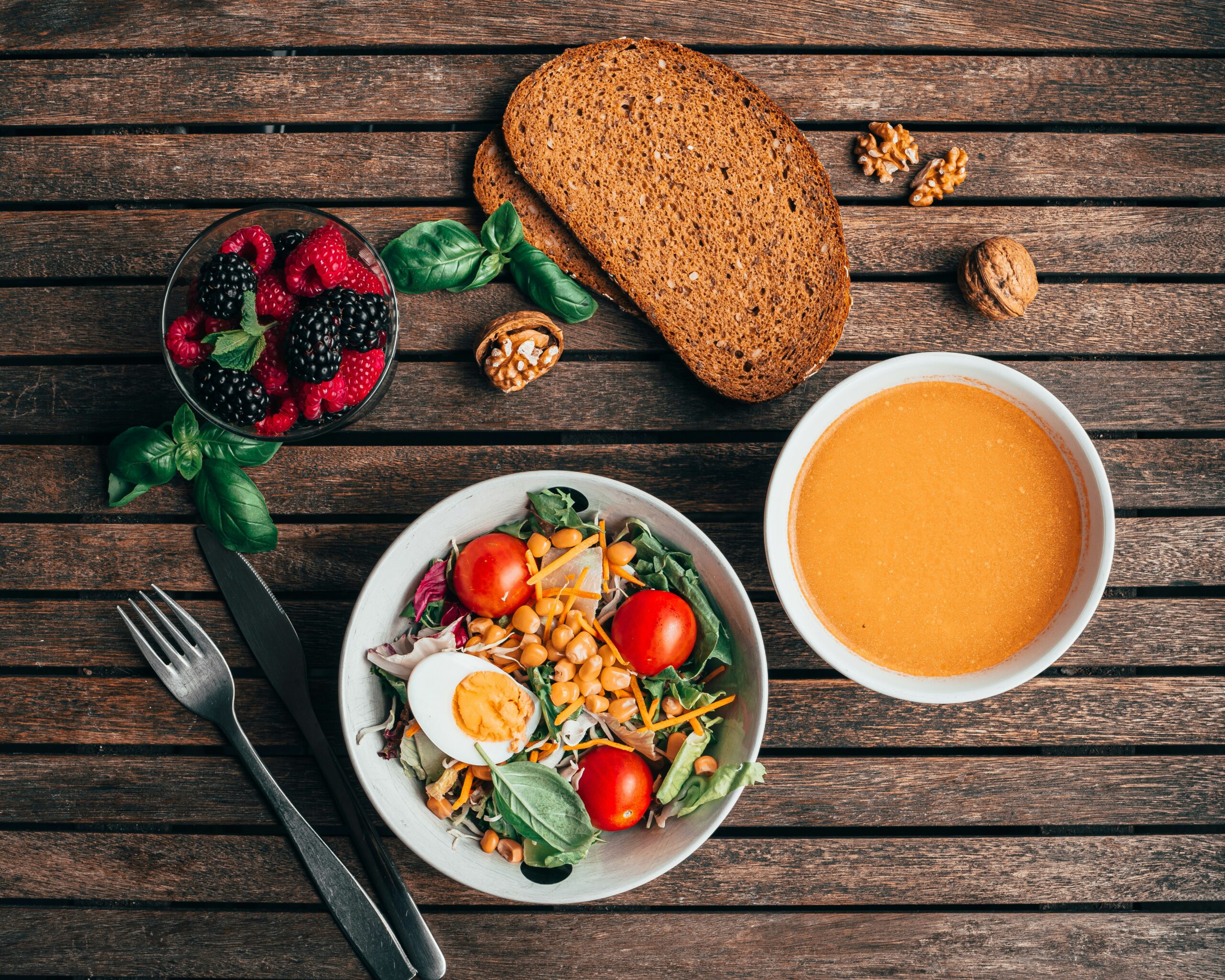
Photo by <a href="https://unsplash.com/@adigold1" rel="nofollow">Adi Goldstein</a> on <a href="https://unsplash.com/?utm_source=hostinger&utm_medium=referral" rel="nofollow">Unsplash</a>
What is Kenomo Party?
The Kenomo Party is a vibrant cultural celebration that holds great significance in certain communities, particularly among indigenous groups. Its origins can be traced back several generations, reflecting the heritage and traditions of the local populace. The Kenomo Party commonly occurs during the harvest season, symbolizing gratitude for the Earth’s bounty and fostering unity among participants. As such, this festive occasion serves not only as a time of celebration but also as an opportunity to reinforce communal bonds.
Central to the Kenomo Party are its traditional practices, which include various forms of music, dance, and storytelling. These elements play a vital role in conveying the cultural narratives of the community, ensuring that the history and teachings of the ancestors remain alive. Participants often engage in group activities, creating a spirit of togetherness and shared joy. The Kenomo Party thus acts as both a celebration of individual identity and a testament to collective heritage.
Customary attire is another fundamental aspect that characterizes the Kenomo Party. Attendees typically don vibrant garments crafted from local materials, adorned with intricate patterns that hold symbolic meanings. These outfits not only highlight the artistic talents of the community but also serve as a way to honor cultural roots. The colors and designs often reflect seasonal changes, linking the celebration to the natural world and its cycles.
In conclusion, the Kenomo Party stands out among various festivities due to its deep-rooted traditions and the sense of belonging it fosters. The celebration beautifully encapsulates the essence of a community, its history, and the joy of togetherness, making it a significant event in the cultural landscape. Understanding the Kenomo Party offers insight into the values and customs cherished by those who participate in this extraordinary celebration.
Historical Background and Evolution of Kenomo Party
The Kenomo Party is a vivid cultural celebration that has its origins deeply embedded in the historical tapestry of the region it represents. It is believed that the tradition began over a century ago as a communal gathering meant to foster relationships among family and friends during seasonal transitions. Initially, the celebration revolved around agricultural cycles, where communities would come together to give thanks for a bountiful harvest and participate in various rituals that symbolized fertility and abundance.
Over the years, the Kenomo Party has come to symbolize unity, resilience, and cultural pride. Significant milestones in its history include the formalization of the event into a recognized festival in the mid-20th century. This transformation marked a crucial shift as more structured activities and performances were introduced, broadening the appeal of the event beyond local participants. Additionally, societal changes such as urbanization and the migration of people from rural to urban areas have influenced the evolution of the Kenomo Party, leading to diverse interpretations of traditions across different regions.
The introduction of modern elements into the Kenomo Party, including music, dance performances, and storytelling, reflects both a respect for its historical roots and an adaptation to contemporary society. Furthermore, as globalization has increased connectivity, elements from other cultures have been welcomed into the celebration, enriching the experience while maintaining its core values. The ongoing evolution of the Kenomo Party showcases the dynamic nature of cultural practices, highlighting how traditions can grow and change while still honoring their historical significance.
Today, the Kenomo Party continues to thrive as a vibrant celebration, attracting participation from people of all ages and backgrounds, thereby reinforcing its role as a joyful expression of cultural identity within the community.
Key Traditions and Rituals of Kenomo Party
The Kenomo Party encompasses a variety of rich traditions and rituals that are essential to the celebration, reflecting the cultural heritage of the community. Among the most prominent activities is the performance of traditional dances, which serve as a means of storytelling and expression, often depicting historical events or local myths. These dances, typically accompanied by rhythmic drumming and vibrant music, foster a sense of unity among participants and evoke a spirit of joy that permeates the festivities.
Music plays a vital role during the Kenomo Party, with local musicians often showcasing traditional instruments. The melodies are not merely entertainment; they hold significant cultural symbolism and evoke deep emotional resonance, enhancing the atmosphere and engaging the attendees. Singers and musicians collaborate to create an immersive experience, where the harmonious tunes invite everyone to join in the celebration.
Food preparation is another crucial aspect of the Kenomo Party, reflecting the community’s culinary heritage. Families come together to prepare traditional dishes, often passed down through generations. The process of making these foods is as important as the final product, as it fosters connections among family members and friends. Sharing meals during the celebration reinforces communal bonds and symbolizes hospitality, essential values in the culture surrounding the Kenomo Party.
In the lead-up to the event, several rituals take place, which may include house blessings and offerings to ancestors. These acts are performed to seek blessings for a successful celebration and ensure a safe environment for participants. The rituals often involve the burning of incense or the preparation of specific foods, which are offered as tributes to honor the spirits of the past. The seamless integration of these customs and practices contributes significantly to the overall experience of the Kenomo Party, making it a memorable occasion for all involved.
The Role of Food in Kenomo Party
The Kenomo Party is not only a celebration of cultural heritage and communal camaraderie but also an occasion where food plays a pivotal role. Culinary traditions associated with the Kenomo Party offer a window into the values, history, and creativity of the community. Each dish prepared and served during the festivities is steeped in significance, carrying stories and memories that unite participants in a shared experience.
Among the traditional offerings, a standout dish is the “Kenomo stew,” a hearty blend of locally sourced meats, vegetables, and spices that embodies the essence of the community. This dish symbolizes abundance and togetherness, as families gather to share and savor it, strengthening their bonds with one another. Additionally, various baked goods, often made using teff and barley, are prepared to represent prosperity and blessings for the year ahead.
The preparation and consumption of these dishes during the Kenomo Party is a social affair, bringing families and friends together in a collaborative cooking process. Recipe exchanges and communal cooking emphasize the importance of passing down culinary traditions, ensuring that younger generations remain connected to their roots. Moreover, food serves as a medium for storytelling, with elders recounting the origins of specific recipes, thereby preserving the cultural heritage of the community.
The communal dining experience is equally significant; tables are often arranged in a way that encourages sharing and interaction among attendees. As people partake in the meal, conversations flow, laughter rings, and connections are strengthened, embodying the spirit of unity that the Kenomo Party represents. Ultimately, the culinary practices observed during these festivities not only nourish the body but also feed the soul, reaffirming the central role of food in celebrating culture and tradition.
Costumes and Attire: Dressing for Kenomo Party
Costumes and attire play a vital role in the Kenomo Party, reflecting both the rich cultural heritage and the artistic expression of its participants. Each garment worn during this celebration carries significant meaning, representing various aspects of the community’s history, identity, and values. Traditionally, individuals don garments that are hand-crafted from natural materials such as cotton, silk, and wool, often adorned with intricate patterns and vibrant colors that signify regional identities and social standings.
The significance of the clothing extends beyond mere aesthetics; it serves as a mode of communication among participants. For instance, certain colors may symbolize fertility or prosperity, while specific patterns can convey historical narratives or honor local deities. As such, individuals can express their cultural identity through their attire, showcasing pride in their heritage while participating in the festivities. The attention to detail in the craftsmanship of these garments is a testament to the skill of local artisans, who take immense care to ensure that each piece not only reflects traditional methods but also resonates with contemporary styles.
Additionally, dress codes may vary based on regional customs, with different areas adopting unique styles that encapsulate local traditions. This diversity enhances the overall experience of the Kenomo Party, inviting participants and spectators alike to engage with the rich tapestry of cultural expression present. While some may prefer to wear elaborate ceremonial outfits, others might opt for simpler, yet equally meaningful attire. Ultimately, the selection of costumes and attire plays a crucial role in fostering a sense of belonging, bridging generations, and promoting cultural exchange throughout the Kenomo Party celebrations.
Music and Dance: The Heartbeat of Kenomo Party
The Kenomo Party is a vibrant celebration characterized by its rich tapestry of music and dance, serving as a vital component of the festivities. Various traditional musical genres are an integral part of this event, providing a rhythmic backdrop that energizes the gathering. The music typically features a blend of indigenous sounds, which may include folk melodies, drum beats, and other culturally significant tunes that have been passed down through generations. Instruments such as the djembe, marimba, and traditional flutes are commonplace, each contributing unique sonic textures that resonate with the crowd.
In addition to the musical accompaniment, dance plays an equally essential role in the Kenomo Party, often manifesting in numerous styles that reflect both historical and social contexts of the culture. Dancers, adorned in colorful attire, engage in elaborate movements that tell stories and express emotions inherent in the music. These styles may vary from energetic circle dances that encourage participation from all attendees to more intricate solo performances that highlight individual skill and artistry. The interconnectedness of music and dance creates an engaging atmosphere, encouraging community participation and interaction.
<pmoreover, a="" allowing="" also="" among="" an="" and="" as="" belonging="" but="" camaraderie="" celebrate="" celebration="" connect="" connectivity="" contribute="" cultural="" dance="" elements="" embody="" ensure="" essence="" experience="" expression,="" filled="" forms="" fostering="" generations="" heritage,="" identity="" in="" intact,="" into="" joy="" kenomo="" living="" music="" not="" of="" only="" p="" partake="" participants="" participants.="" party="" party,="" preserve="" pride.
Celebration Activities and Games
The Kenomo Party is a vibrant celebration characterized by a range of activities and games that reflect its rich cultural heritage. These festivities are designed to foster community spirit, promote interaction among participants, and create a joyful atmosphere. Both traditional and contemporary games play a significant role in the celebration, encouraging bonding and camaraderie among attendees.
One of the most cherished traditional games enjoyed during the Kenomo Party is the “Tug of War.” This physically demanding activity involves two teams competing to pull a rope in opposite directions, symbolizing unity and teamwork within the community. The excitement generated from friendly competition serves not only to engage participants physically but also to strengthen social ties and enhance collective spirit.
Additionally, folk dances are often featured throughout the event, with participants encouraged to join in and celebrate heritage through movement. These dances vary from region to region, showcasing cultural diversity while fostering inclusivity among all members of the community. Such activities not only entertain but also provide an opportunity for participants to learn about one another’s traditions.
For those looking to host their own Kenomo Party, integrating outdoor games such as sack races, relay races, and scavenger hunts can significantly enhance the experience. These activities encourage participation from all age groups, allowing families to bond and create lasting memories. Incorporating local crafts or cooking classes can further enrich the celebration, promoting skill-sharing among attendees.
Ultimately, the games and activities planned during the Kenomo Party play a crucial role in enhancing community connections. By embracing both traditional and modern elements, hosts can create a memorable experience that celebrates culture, encourages participation, and builds lasting friendships.
Kenomo Party in Modern Times: Adaptations and Changes
The Kenomo Party, steeped in tradition and cultural significance, has undergone significant adaptations in modern times. As society progresses, the way this celebration is observed has evolved, especially among younger generations. Various factors, including technology and globalization, have influenced these changes, reshaping the fabric of traditional practices while striving to maintain the essence of the party.
In contemporary society, technology plays a pivotal role in transforming how the Kenomo Party is celebrated. Social media platforms enable communities to come together virtually, sharing their experiences, and traditions beyond geographical constraints. This digital connectivity fosters a sense of belonging and allows participants to showcase their celebrations globally, thus providing visibility to the cultural significance of the Kenomo Party. Online campaigns and virtual gatherings have become important tools, especially during times when physical gatherings are limited, offering innovative ways to keep traditions alive.
Furthermore, globalization has introduced diverse cultural influences to the Kenomo Party, leading to the incorporation of new elements into traditional practices. Younger generations are increasingly drawn to modern music and international cuisines, which they seamlessly blend with the historical aspects of the celebration. This amalgamation of old and new not only rejuvenates interest in the event but also ensures that the party remains relevant in today’s fast-paced world.
Communities, while adapting to these modern influences, are conscious of the importance of preserving the core values and practices associated with the Kenomo Party. Efforts to engage the youth in traditional activities such as storytelling, dance, and art are gaining impetus, ensuring that these practices are passed down through generations. The balance between embracing contemporary changes and honoring longstanding traditions is crucial in keeping the spirit of the Kenomo Party vibrant and enduring.
How to Host Your Own Kenomo Party
Hosting a Kenomo Party requires meticulous planning and a genuine appreciation for the traditions that define this vibrant celebration. To embark on this journey, start by selecting a suitable venue that accommodates your guests comfortably while reflecting the spirit of the occasion. This could be a spacious backyard, a community hall, or even an expansive indoor space adorned with cultural decor. Ensure the venue is accessible and equipped for the activities you plan to include.
Next, consider your guest list and devise creative invitations that convey the essence of a Kenomo Party. Incorporate vivid colors, traditional symbols, and an informative description of the event to generate interest. Distributing the invitations well in advance allows attendees ample time to plan their participation, ensuring a diverse gathering that honors the celebration’s cultural roots.
The culinary aspect of a Kenomo Party is crucial, as food plays a central role in any gathering. Research traditional dishes associated with Kenomo celebrations and, if possible, engage local caterers or volunteer chefs skilled in preparing these meals. Offer a range of options, including vegetarian and gluten-free alternatives, to cater to various dietary preferences. Pair the meal with traditional drinks to enhance the authentic experience, and set up food stations or a buffet style to encourage mingling among guests.
Attire is another essential element. Encourage guests to don traditional clothing or attire inspired by the cultural significance of the Kenomo Party. This not only fosters a sense of unity but also allows for vibrant visual representation during the event. To enrich the atmosphere, curate a playlist featuring traditional music and designate an area for dancing or entertainment.
Finally, plan engaging activities that celebrate the essence of Kenomo, such as storytelling, dances, or games that reflect cultural heritage. Approaching your event with a solid understanding of the tradition results in a memorable gathering where guests can truly appreciate the beauty of the Kenomo Party.


